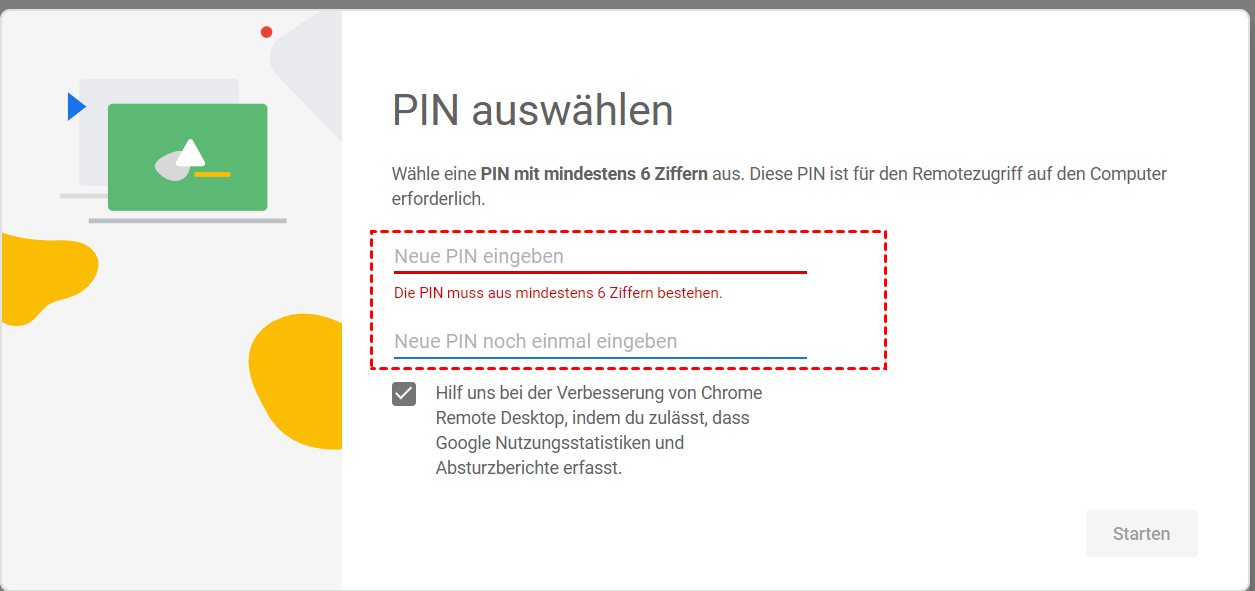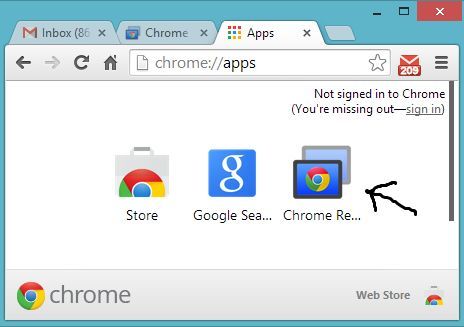


# Disable the display manager service on the instance Sudo bash -c 'echo "exec /etc/X11/Xsession /usr/bin/xfce4-session" > /etc/chrome-remote-desktop-session' # Configure Xfce to use Chrome Remote Desktop by default Sudo DEBIAN_FRONTEND=noninteractive apt install -assume-yes xfce4 desktop-base dbus-x11 xscreensaver Feel free to use a different environment if you wish. I'm generally a fan of Xfce for its minimal components, and frequently use Xubuntu as an Ubuntu distribution of choice, so I'll go with Xfce here. The common options are Xfce, Cinnamon, Gnome and KDE. Next, you'll need an X Window System desktop environment and window manager to access this instance graphically. # Download and install the Debian Linux Chrome Remote Desktop package Sudo apt install -assume-yes wget tasksel # Update package manager data and installed packages Update the instance and install Chrome Remote Desktop. Once the instance has been created, SSH into it using the Google Cloud Console or your preferred SSH client.


While it is not suitable for graphically intensive applications, it works quite well for most other web applications. My hunt for a simple solution brought me to Chrome Remote Desktop, which allows you to remotely access a desktop using a web interface. Have you ever wanted a lightweight remote desktop that you could simply access on-the-go via a web browser? Well, I know I have.


 0 kommentar(er)
0 kommentar(er)
